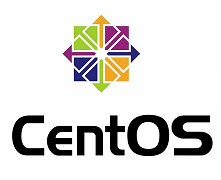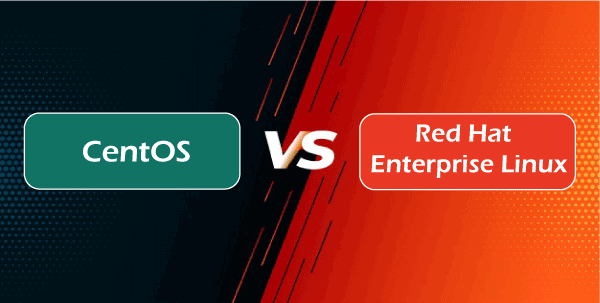Difference between CentOS and Red Hat Enterprise Linux OSWith the introduction of Linux, various popular Linux-based distributions gained recognition and gained popularity. These comparisons involve Red Hat Enterprise Linux OS and CentOS. Red Hat OS has gained popularity in business due to its paid support and service, where large organizations strongly favour it. On the other hand, CentOS has gained popularity due to its Red Hat-like similarities. In this article, you will learn about the difference between CentOS and Red Hat Enterprise Linux OS. But before discussing the differences, you must know about CentOS and Red Hat Enterprise Linux OS. What is CentOS?
CentOS is a free and open-source Linux OS. It is a platform for community and enterprise computing that functions similarly to RHEL, its upstream source. CentOS version 2 was launched for the first time in 2004. CentOS version 7.0 exclusively supports the x86-64 architecture, while previous releases supported IA-32 with Physical Address Extension (PAE). On the other hand, it officially joined Red Hat OS in January 2014 under a new CentOS governing board. Its primary goal is to create a robust platform for emerging open source technologies. Furthermore, cloud providers can build frameworks, scientific data processing, and many other features. It is also supported by an active user community that includes network administrators, system administrators, Linux contributors, and users worldwide. Advantages and Disadvantages of CentOS operating systemThere are various advantages and disadvantages of the CentOS operating system. Some advantages and disadvantages of the CentOS operating system are as follows. Advantages
Disadvantages
What is Red Hat Operating System?
RHEL is referred to as a Red Hat Enterprise Linux OS. It is developed by Red Hat Inc. There are a number of variants for x86-64, IBM Z, Power ISA, ARM 64, as well as an x86-64 desktop version. Additionally, Red Hat Advanced Server was the first version of this distribution. Later on, the Red Hat company changed its name to Red Hat Enterprise Linux AS. There are two versions of this distribution: Red Hat Enterprise Linux ES and Red Hat Enterprise Linux WS. Red Hat OS limits the free redistribution of their officially supported releases of RHEL even though it freely distributes the source code. Overall, the Red Hat Enterprise Linux OS is a reliable Linux distribution and offers large community support. Advantages and Disadvantages of Red Hat Enterprise Linux operating systemThere are various advantages and disadvantages of the Red Hat Linux operating system. Some advantages and disadvantages of the Red Hat Linux OS are as follows. Advantages
Disadvantages
Key differences between CentOS and Red Hat Enterprise Linux OS
Here, you will learn about the various key differences between CentOS and Red Hat OS. Some main differences between CentOS and Red Hat OS are as follows:
Head-to-head comparison between the CentOS and Red Hat Operating SystemThe OS has various head-to-head comparisons between CentOS and Red Hat Operating System. Some comparisons of the CentOS and Red Hat OS are as follows:
ConclusionIn summary, CentOS and Red Hat OS are two widely used Linux OS. The primary distinction between these two OS is that CentOS is a community-supported Linux OS that is compatible with RHEL. In contrast, Red Hat is a commercially oriented Linux distribution. |
 For Videos Join Our Youtube Channel: Join Now
For Videos Join Our Youtube Channel: Join Now
Feedback
- Send your Feedback to [email protected]
Help Others, Please Share










